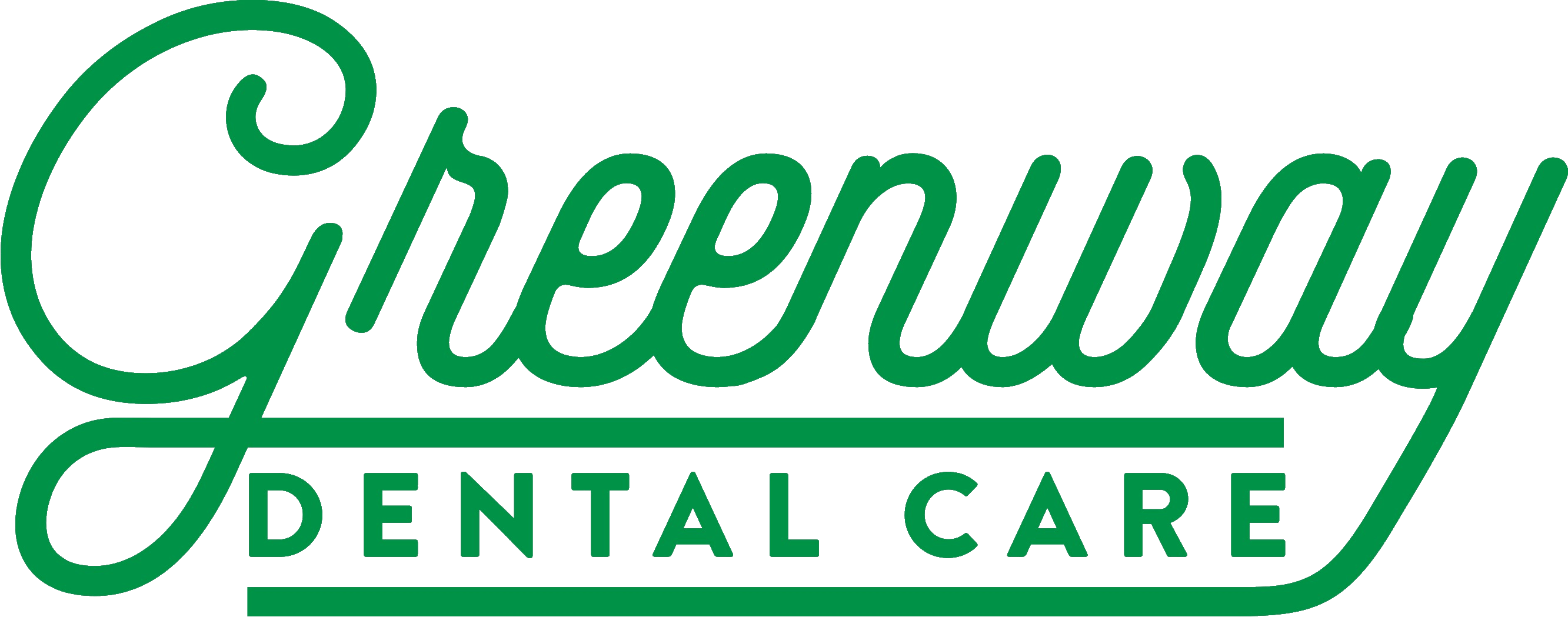Tooth extraction is a common dental procedure, but what happens afterward is just as important as the procedure itself. Proper aftercare is essential to promote healing, prevent complications, and ensure comfort. Whether you’ve had a simple extraction or a more complex surgical procedure, understanding how to care for the site afterward can make a significant difference in your recovery process.

The First 24 Hours
Immediately after the extraction, your body begins the healing process. A blood clot will form in the socket to protect the underlying bone and nerves. It’s crucial to avoid disturbing this clot, as dislodging it can lead to a painful condition known as dry socket. During the first few hours, your dentist will likely recommend biting down gently on a gauze pad to help control bleeding. Change the gauze as directed, usually every 30 to 60 minutes until the bleeding subsides.
Rest is critical in the early stages of recovery. Avoid strenuous activities that could increase your blood pressure and lead to more bleeding or discomfort. Keep your head elevated when lying down, and use an extra pillow if needed. This helps reduce swelling and supports clot formation.
Managing Pain and Swelling
Discomfort after a tooth extraction is normal, and it can usually be managed with over-the-counter pain medications such as ibuprofen or acetaminophen. Your dentist may also prescribe stronger pain relief if necessary. To reduce swelling, apply an ice pack to the outside of your cheek near the extraction site for 15-20 minutes at a time during the first day. Swelling typically peaks about 48 hours after the procedure and then gradually subsides. If swelling persists or worsens after several days, it could be a sign of infection, and you should contact your dentist promptly.
Eating and Drinking: What to Avoid and What to Enjoy
Your diet plays a key role in recovery. Stick to soft, cool foods such as yogurt, smoothies, applesauce, or mashed potatoes for the first couple of days. Avoid hot foods and beverages, as heat can dissolve the clot and increase bleeding. Chewing on the side opposite the extraction can help minimize irritation and discomfort.
It’s also important to stay hydrated, but do so carefully. Do not use straws, as the suction can dislodge the clot and lead to dry socket. Instead, sip drinks slowly and gently. Avoid alcohol and caffeinated beverages, which can interfere with healing and contribute to dehydration.
Oral Hygiene and Keeping the Area Clean
Maintaining oral hygiene after a tooth extraction is essential to prevent infection. However, care must be taken to avoid disturbing the extraction site. For the first 24 hours, avoid rinsing your mouth, brushing near the extraction site, or using mouthwash. After this initial period, you can begin rinsing gently with a saltwater solution to keep the area clean. Avoid vigorous swishing, as this can dislodge the clot. Continue brushing and flossing the rest of your teeth, but be gentle around the extraction area until your dentist gives the go-ahead to resume normal oral hygiene practices.
Signs That Require Prompt Attention
While mild pain, swelling, and light bleeding are normal after an extraction, certain symptoms may indicate a problem. Persistent or severe pain that begins a few days after the procedure could signal dry socket. Other warning signs include fever, foul-tasting discharge, or swelling that doesn’t improve. If you experience any of these, contact your dentist or oral surgeon as soon as possible.
A Smooth Path to Healing
With the right aftercare, recovery from a tooth extraction can be relatively quick and uneventful. At Greenway Dental Care, we are here to help. Contact us today to schedule a consultation and learn more about how to care for your oral health.
